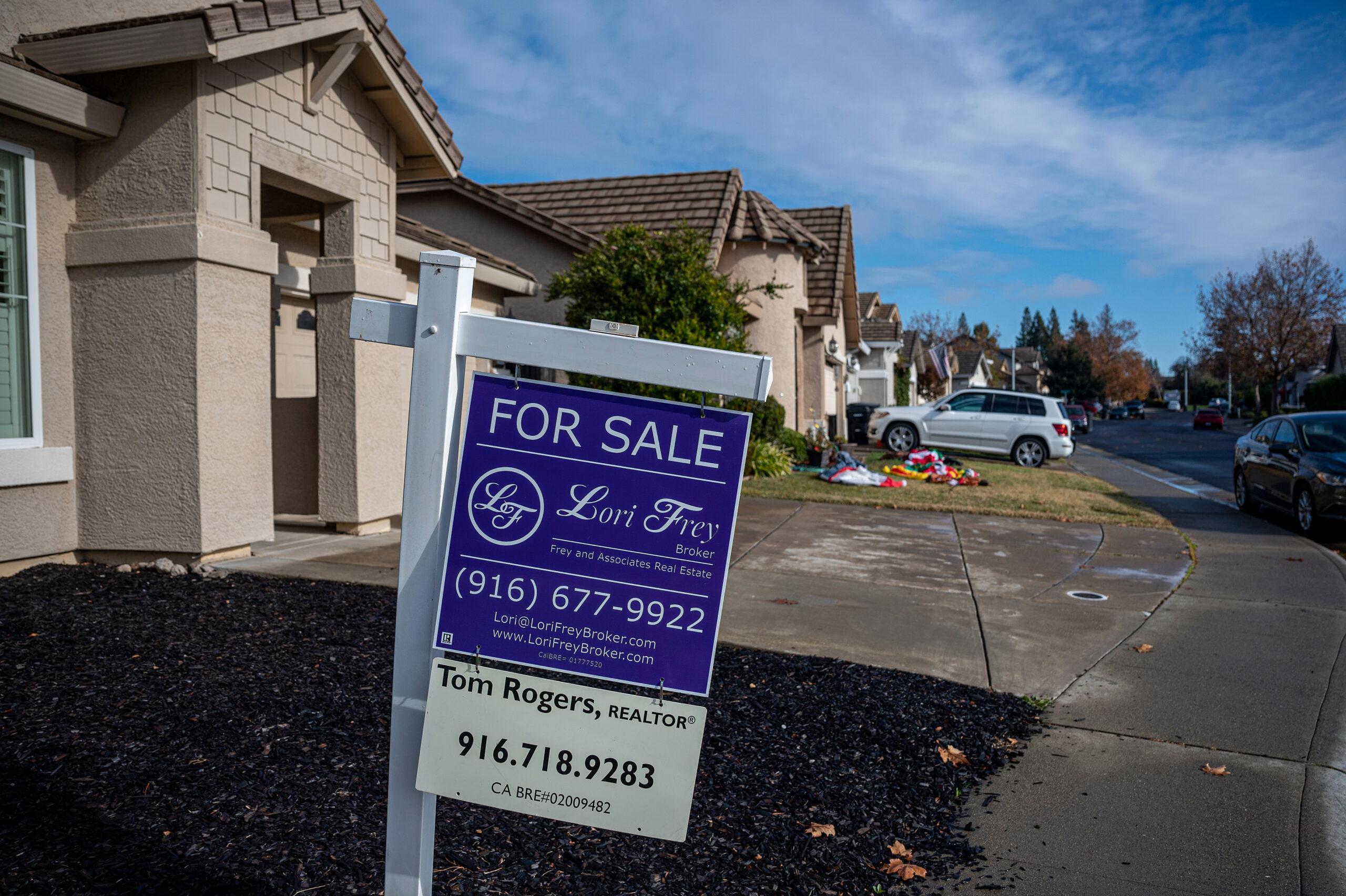Why Everybody Is Wrong About a Recession and Housing’s Great Comeback
Derek and Conor Sen break down the housing turnaround that could define the 2023 economy
Last fall, three-quarters of voters told CNN that the U.S. was in a recession. A Bloomberg economic model said that the odds of a recession by the fall of 2023 were 100 percent. But we’re not in a recession. The unemployment rate is lower than any month since the 1960s. Real disposable income is growing. The economy is expanding. Consumer spending is strong. Even housing seems to be rebounding. In today’s episode, Derek explains the origins of the great American recession myth, and Bloomberg writer Conor Sen breaks down the housing turnaround that could define the 2023 economy.
If you have questions, observations, or ideas for future episodes, email us at PlainEnglish@Spotify.com. You can find us on TikTok at www.tiktok.com/@plainenglish_
In the following excerpt, Derek and Conor Sen catch up on where the housing market was at the end of last year and where it is now.
Derek Thompson: Last year, you came on the show during what felt like peak recession fears. In 2022, we had had consecutive quarters of negative GDP growth. People were losing their minds about the imminence of the inevitability of a recession. And I wanted to zag, and I brought you on to help me zag, to predict that, actually, it was not inevitable and it was not imminent that we were going to have a recession. You explained all the reasons why you thought a recession was not forthcoming, and at least for the year of 2022 up till now, you were right.
So now I want to do another pod because the housing market seems to be rebounding. The housing market, which was crashing, crashing, crashing throughout 2022, seems like it may have hit the bottom, and the bottom just might be a trampoline because some of these numbers are going up much faster than I anticipated. So I texted you; I said, “Do you think you could summarize our potential housing rebound in like five numbers?” And 30 minutes later, I had five numbers in my inbox. So we’re going to go through these five numbers. Absolutely ideal situation of the guests doing the host’s work for him, by the way.
Before we get to the numbers, catch us up. The pandemic housing market in 2020 and 2021, I think most people remember it was absolutely insane. It was so hot, and suddenly it all hit a wall in 2022. What happened?
Conor Sen: So we saw mortgage rates go from 3 percent at the beginning of 2022 to 5 percent by April to 6 percent by August to 7 percent by October. And that process really just took buyers out of the market. They pulled back in April, May, and they really, really pulled back in September, October. And 2022 was in large respects the market trying to figure out what to do with that because you had lots of homeowners who had gotten these pandemic 3-percent mortgages. And they said, “Fine, we’ll just stay. No problem.” And a lot of would-be sellers said, “We would rather rent out or just not sell than transact in this market,” at the same time that a lot of buyers either couldn’t or wouldn’t transact in the market. So it became kind of a standoff for the rest of the year. And the question heading into January was, OK, Q4 is slow, mortgage rates are high: What are things going to look like after the holidays when people come back and assess market conditions? And what we’ve seen is a [real] explosion in demand over the past five or six weeks.
Thompson: It’s so crazy to think how insane the housing market was in 2020 and 2021 and then just how quickly it totally froze up. It’s like those viral videos where they’re in Antarctica or northern Minnesota during a polar vortex, and they take a pot of boiling water, and they throw the boiling water into the air, and it crystallizes suddenly into ice and snow. Maybe you’ve seen those viral videos. This was basically the housing market for the last three years. It went from uncomfortably scalding to the point where I’m writing takes month after month saying, “I think housing can’t get any hotter. No, now I think housing can’t get any hotter.” And then the Fed starts raising rates, mortgage rates go up faster than they’ve gone up in decades, and it just instantly, instantly becomes ice cold. Building confidence declines every month. New-home sales fall practically every month between January ’22 and October ’22. And that leads us to this rebound where we might go from ice cold to hot again.
So the first number that I want to bring up that explains the U.S. housing market today is 6 percent. The average 30-year mortgage rate has now fallen to 6 percent from 7 percent, which is where it was in the last quarter of 2022. What’s going on with rates right now, and why is this maybe the most important story to begin with when explaining the housing market?
Sen: Yeah, so the question really in 2022 heading into ’23 was: “What level of mortgage rates will get the market back into balance?” And we can argue about what balance looks like, whether it’s flat home prices or a pickup in transactions. But when rates [were] at 7, it was just like, OK, this is clearly a level that has frozen the market. And some people said 5 percent was the level that would sort of unfreeze the market because that’s what it was in spring before things sort of slowed down. Toll Brothers, a luxury home builder, actually said that they thought 6 percent was the level that would be workable for people. And that’s sort of what I thought it would be because you’ve seen home prices have come down a little bit, a little more in markets like Boise and Phoenix that were overheated, but nationally, they’re down about 2 to 3 percent from the highs.
And then incomes that kept growing because jobs were really strong. And I think to some extent, the sticker shock of going from 7 to 6 all of a sudden made it seem like this isn’t so bad. And there’s also been some changes in terms of this notion of mortgage rate buy-downs that both home builders and home sellers have employed, where if it’s not quite what we saw during the peak of the home-buying frenzy in the mid-2000s, but they might give you 2 percent off your mortgage rate for the first year, 1 percent off for the second year, you still have to qualify for the eventual higher rate. But it’s a way for home buyers to sort of swallow the sort of affordability challenges for at least for a couple of years.
This excerpt was edited for clarity. Listen to the rest of the episode here and follow the Plain English feed on Spotify.
Host: Derek Thompson
Guest: Conor Sen
Producer: Devon Manze
Subscribe: Spotify

